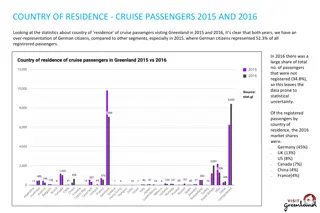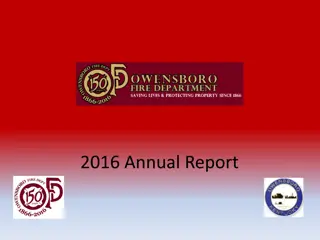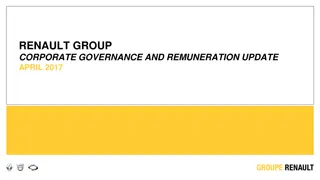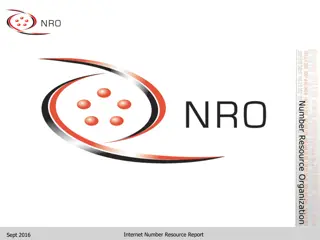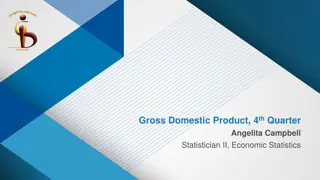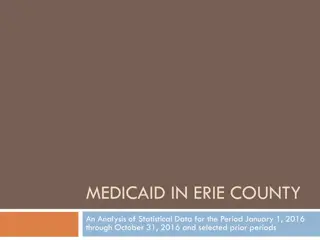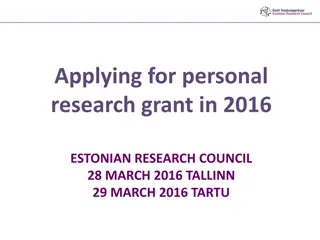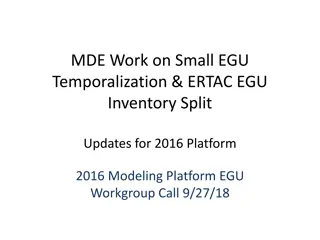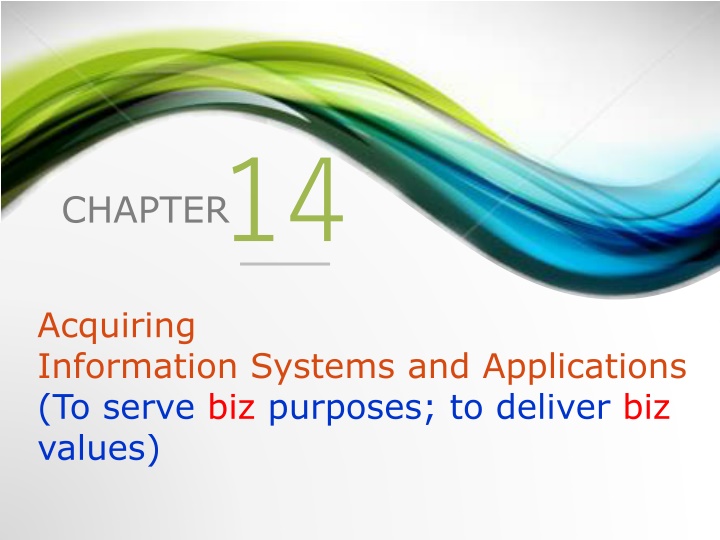
Acquiring Information Systems and Applications for Business Purposes
Explore the process of planning, acquiring, and selecting IT applications for business needs. Learn about cost-benefit analyses, strategic planning, system development life cycles, and vendor selection. Discover how companies justify IT investments and make critical business decisions in acquiring new applications.
Download Presentation

Please find below an Image/Link to download the presentation.
The content on the website is provided AS IS for your information and personal use only. It may not be sold, licensed, or shared on other websites without obtaining consent from the author. If you encounter any issues during the download, it is possible that the publisher has removed the file from their server.
You are allowed to download the files provided on this website for personal or commercial use, subject to the condition that they are used lawfully. All files are the property of their respective owners.
The content on the website is provided AS IS for your information and personal use only. It may not be sold, licensed, or shared on other websites without obtaining consent from the author.
E N D
Presentation Transcript
CHAPTER14 Acquiring Information Systems and Applications (To serve biz purposes; to deliver biz values)
1. Planning for and Justifying IT Applications 2. Strategies for Acquiring IT Applications 3. The Traditional Systems Development Life Cycle 4. Alternative Methods and Tools for Systems Development 5. Vendor and Software Selection
>>> 1. Discuss the different cost benefit analyses that companies must take into account when formulating an IT strategic plan. 2. Discuss the four business decisions that companies must make when they acquire new applications.
>>> 3. Enumerate the primary tasks and the importance of each of the six processes involved in the systems development life cycle. 4. Describe alternative development methods and the tools that augment development methods. 5. Analyze the process of vendor and soft ware selection.
OPENING > LinkedIn s Fast Development Process Helps Save the Company Describe how freezing new feature development on its Web site saved LinkedIn. Describe how rapid application development is enabling LinkedIn to add its next feature, mining users economic and job data.
14.1 Planning for and Justifying IT Applications IT Planning Evaluation and Justifying IT Investment: Benefits, Costs, and Issues
Figure 14.1: IS Planning Process
COBIT 5s Goals Cascade 8
IT Planning Organizational Strategic Plan 1. IT Strategic Plan 2. IT Steering Committee 3. IS Operational Plan
1. IT Strategic Plan Three Objectives of an IT Strategic Plan: Must be aligned with the organization s strategic plan Provide for an IT architecture Efficiently allocate IS development resources
2. IT Steering Committee Who should be there? Major Tasks of an IT Steering Committee Link corporate strategy with IT strategy Approve the allocation of resources for the MIS function Establish performance measures for the MIS function and ensure they are met
3. IS Operational Plan Elements of an IS Operational Plan: Mission IS Environment Objectives of the IS Function Constraints on the IS function Application Portfolio Resource Allocation Project Management and
Evaluation and Justifying IT Investment: Benefits, Costs, and Issues Assessing the Costs Assessing the Benefits Conducting the Cost-Benefit Analysis Challenge: intangible costs/benefits
Conducting the Cost-Benefit Analysis Four Common Approaches for Cost- Benefit Analysis: Net Present Value (NPV) Return on Investment (ROI) Breakeven Analysis Business Case Approach
More about Cost-Benefit Analysis Issues to be aware and addressed: Intangible costs: Satisfaction; user resistance; customer loyalty TCO (Total Cost of Ownership) Acquisition (buying, installing), training, service and support, maintenance/repair, upgrades, security, retirement 10-15K TCO for PC
14.2 Strategies for Acquiring IT Applications Fundamental Decisions Acquisition Methods
Fundamental Decisions How much computer code does the company want to write? (Buy-Build) In-house develop. vs consulting firm devel. Where will the application run? In house vs SaaS option Software as a service Where will the application originate? IT-initiated vs biz-initiated
Acquisition Methods 1. Purchase a Prewritten Application ( Pkg ) 2. Customize a Prewritten Application cust ERP 3. Lease the Application more common w cloud 4. Application Service Provider (ASP) more cust 5. Software-as-a-Service (SaaS) fits all 6. Use Open-Source Software 7. Outsourcing 8. Employ Custom Development
Table 14.1: Advantages & Disadvantages of Buy Option
Figure 14.2: Operation of an ASP
Figure 14.3: Operation of a SaaS Vendor
S ABOUT BUSINESS 14.1 A Disastrous Development Project Debate the lawsuit from the point of view of Deloitte and SAP. Debate the lawsuit from the point of view of Marin County. Is it a good idea for Marin County to attempt another ERP implementation? Why or why not? Support your answer. Are there other types of software that Marin County might use? (Hint: Consider cloud computing (see Plug IT In 4).) Is it a good idea for Marin County to use software products from different vendors? Why or why not? Support your answer.
S ABOUT BUSINESS 14.2 General Motors Insources Its Information Technology Function What are potential disadvantages of Mott s insourcing strategy? Why did GM s outsourcing strategy result in the company s using 4,000 software applications? In your opinion, will Mott s insourcing strategy resolve this problem? Why or why not?
S ABOUT BUSINESS 14.3 Build Your Apps Yourself What are the advantages of learning to code so that you can build your own mobile apps? Provide specific examples to support your answer. What are the disadvantages of learning to code so that you can build your own mobile apps? Provide specific examples to support your answer.
14.3 The Traditional Systems Development Life Cycle (SDLC) Systems Development Life Cycle (SDLC) 1. Systems Investigation: Go-NoGo; Buy-Build 2. Systems Analysis: find out WHAT the users really need 3. Systems Design: In/output, DB, network 4. Programming and Testing 5. Implementation: roll-out of new sys 6. Operations and Maintenance: use & upgrade
Figure 14.4: A six-stage SDLC with Supporting Tools
SDLC: Systems Investigation Three Basic Solutions Differences in the degree of action: Feasibility Study Tech, Econ, Behavioral Go / No Go Decision
Systems Investigation: Three Basic Solutions 1. Do nothing and continue to use the existing system unchanged 2. Modify or enhance the existing system 3. Develop a new system.
Systems Investigation: Feasibility Study Technical Feasibility: HW/SW? IT expertise? Economic Feasibility: worth it? Profit/loss? Behavioral Feasibility: fit our org culture/OB? OSU faculty email (1996)
SDLC: Systems Analysis find out needs The process whereby systems analysts examine the business problem that the organization plans to solve with an IS. *Know the needs of the intended/ perspective users Deliverable: A set of system requirements (or User Requirements)
Development Team Users Systems analysts (IS professionals) Programmers (CS professionals) Technical specialists (telecom/net; DB; security ) Systems stakeholders CRITICAL: User requirements
An IS Project Gone Astray Rainer & Cegielski, (C) Wiley 2010;
Fig 14-3: User involvement in different stages 33
SLDC: Systems Design Describes how the system will resolve the business problem. Deliverable: a set of technical system specifications. Scope Creep (!!)
Scope creep in sys proj failure Primary reasons for project failure Unclear or missing business requirements: Cartoon frames #1&2 Skipping SDLC phases: out of control Failure to manage project scope Scope creep Feature creep Failure to manage project plan Changing technology
Systems Design: Technical Specifications Technical Specifications include following: System outputs, inputs, and user interfaces Hardware, software, databases, telecommunications, personnel, and procedures A blueprint of how these components are integrated
SDLC: Programming and Testing Programming Testing Types of software Testing Program/module - programmers System - analysts Acceptance users! Beta
SDLC: Implementation Implementation Change management: against resistance Training Related org changes: streamline to fit sys Related cultural changes Major Conversion Strategies: Old New Direct: stop the old, start new. Risky Parallel: safe BOTH new/old are running. $$$ Pilot: one small part tests, then whole follow suit Phased: one, by one, by one, away from old, into new
S ABOUT BUSINESS 14.4 Avon Writes Off $125 Million on Failed Software Implementation Is the Avon failure the fault of Avon? SAP? IBM? All three? Explain your answer. Recall the discussion of strategic information systems in Chapter 2. Is Avon s new system a strategic information system? Why or why not? Explain your answer.
SDLC: Operations & Maintenance Systems Require Several Types of Maintenance: Debugging Updating/upgrading Adding (relatively minor) new features
Figure 14.5: Comparison of user & Developer Involvement Over the SDLC
14.4 Alternative Methods and Tools for Systems Development Joint Application Development Rapid Application Development Agile Development End-User Development Tools for Systems Development
Tools for Systems Development Prototyping Integrated computer-assisted software engineering (CASE) Component-based development Object-oriented development
Integrated Computer-Assisted Software Engineering (CASE) Tools Upper CASE Tools Lower CASE Tools Integrated CASE (iCASE) Tools
14.5 Vendor and Software Selection Six Steps in Vendor & Software Selection 1. Identify Potential Vendors 2. Determine the Evaluation Criteria 3. Evaluate Vendors and Packages 4. Choose the Vendor and Package
14.5 Vendor and Software Selection (con t) Six Steps in Vendor & Software Selection (continued) 5. Negotiate a Contract 6. Establish a Service Level Agreement (SLA) ** CFP call for proposal: key contents of CFP

